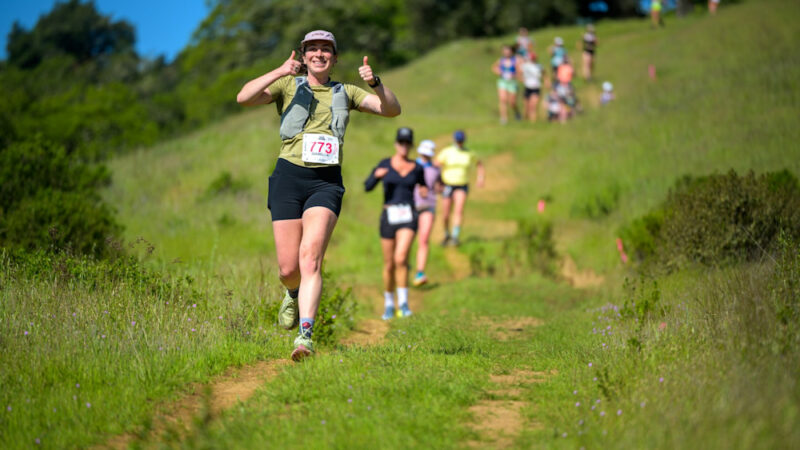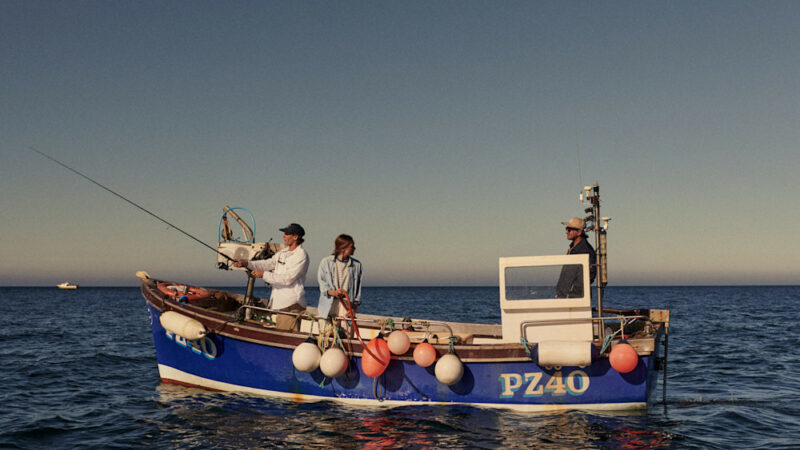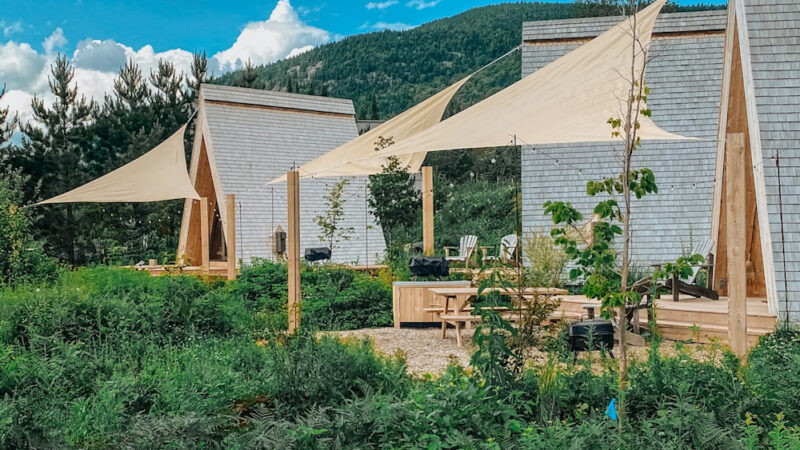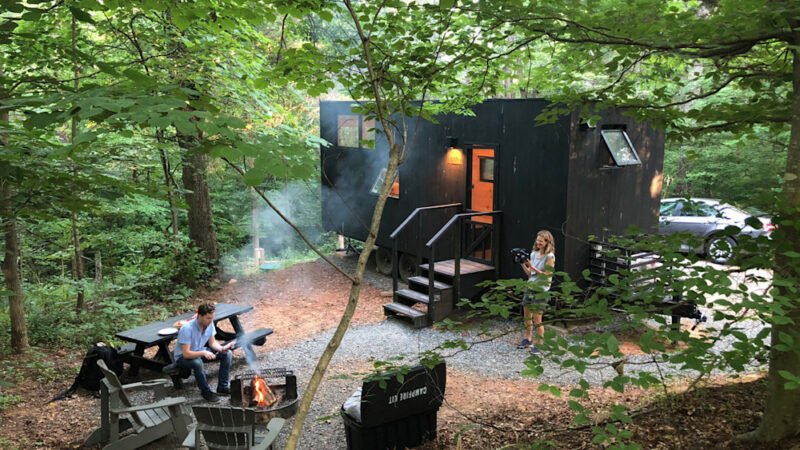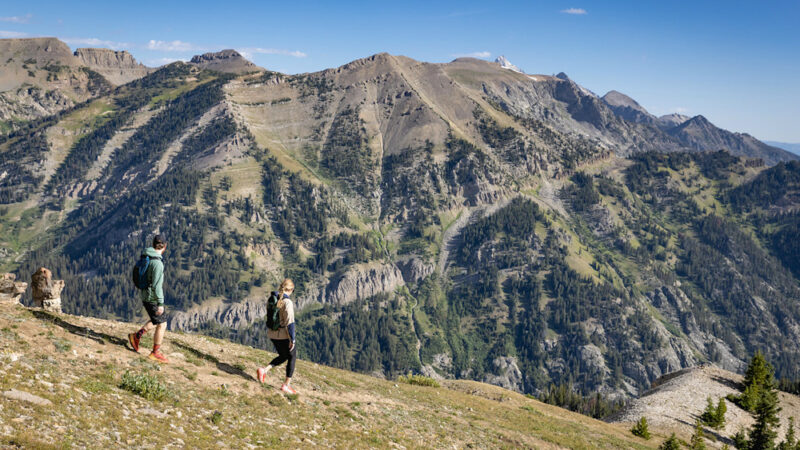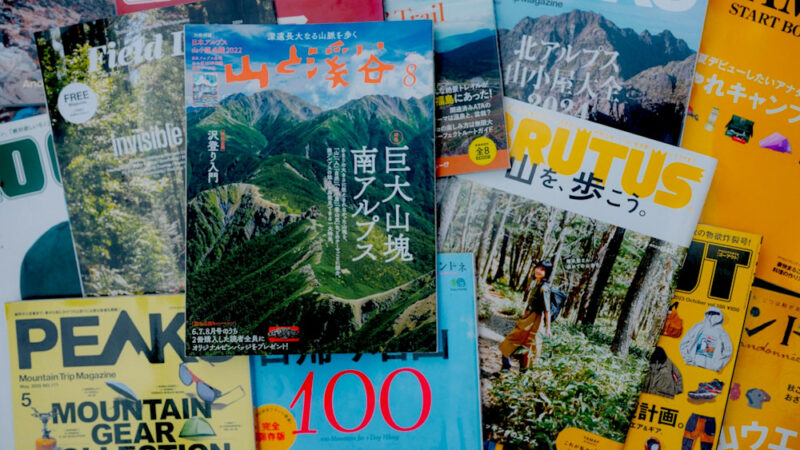How (and Why) We Hiked Colorado’s Highest Peak This Winter
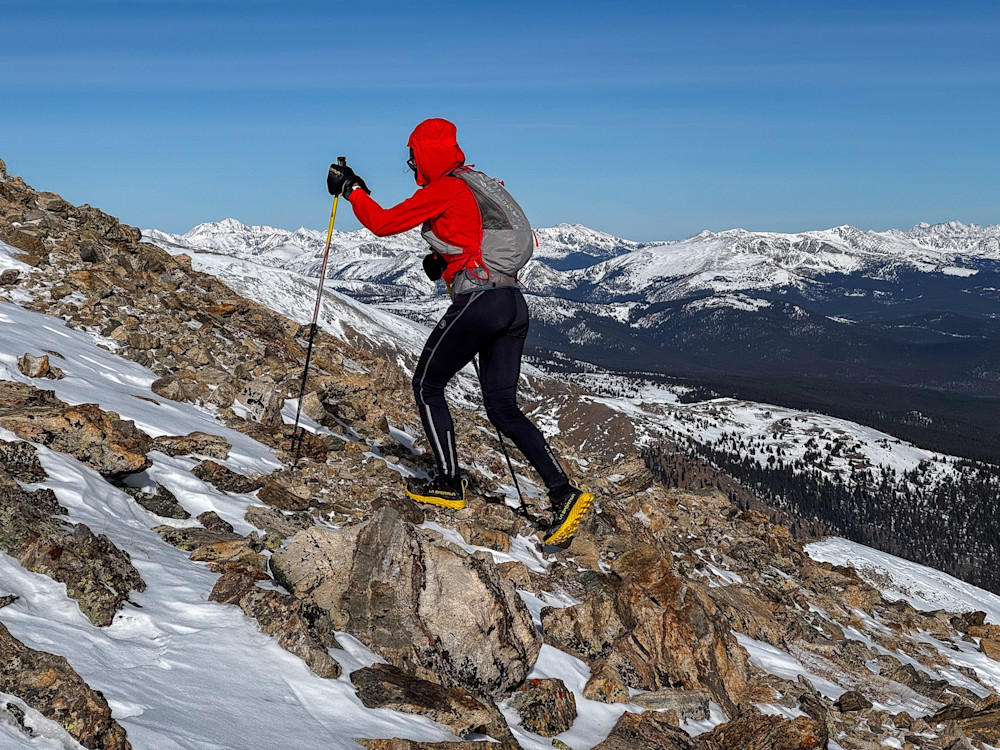
Midlayer: I live in midlayers on long winter outings. My go-tos include either a lightweight vest (warm primaloft front insulation, thin breathable back panel) or a an ultralight fleece, like the Senchi Designs A90 Crewneck made with Alpha Direct.
Outer Layer(s): Bring a compressible insulated, hooded jacket like the and lightweight windshell. Synthetic insulation still provides warmth when wet, unlike down. Storing this layer inside a slim nylon bag, or light dry bag, will further ensure that it does not get wet inside your pack. I usually go with La Sportiva’s Mythic Primaloft Jacket and Pocket Shell.
Headwear: This is conditions dependent. I usually bring a brimmed hat to block the sun and a running headband from Skida to cover my ears.
Gloves: Gloves don’t take up much pack real estate and carrying a couple options is a good hedge against numb hands. I always bring 2-3 pairs of gloves and mittens of varying weights, but I rarely leave the Rab Xenon Mitt at home.
Footwear: Temperature and recent snow accumulation should guide your choices here. On (relatively) warmer days where I don’t expect to do a lot of post-holing (i.e., punching above the ankle through deep fresh, drifted and/or crusty snow), I prefer to wear a Gore-tex running shoe with integrated ankle gaiter for more nimble movement and ankle articulation like the La Sportiva Cyklon Cross GTX. On colder days (when I expect single-digit highs) or if traveling through fresh, unconsolidated snow, Gore-tex hiking boots like the La Sportiva Aequilibrium Top GTX or bona fide Mountain boots will offer better protection.
Traditional knee-high gaiters can also be helpful in deep snow, but they tend to trap a lot of heat around the lower leg and feet. I find a three-layer system is more comfortable to help manage truly frigid conditions. Start with a very thin silk sock liner (the basic version from REI is affordable and effective, followed by a vapor barrier (read: plastic bag), and top it off with a merino wool sock. The vapor barrier might trap sweat inside, but it also helps you retain body heat and prevent external moisture from getting in, and thus chilling, your feet.
Backpack: Pack capacity will vary based on personal gear choices, but I find 18L to be plenty. The pack I personally use has been discontinued (RIP), but the Black Diamond Pursuit 15 is pretty similar. For other options, check out the many cottage industry brands making ultralight backpacking gear applicable to a range of activities.
Traction: Kahtoola Microspikes )or snowshoes) will be helpful for traveling across fresh powder below the treeline.
Trekking poles: A welcome addition on steep terrain, poles are also helpful for moving through snow. I use the Black Diamond Distance Carbon Z poles in conjunction with the company’s Large Distance Baskets when I’m dealing with particularly deep snow.
Some extras to consider: Buff/neckwarmer, Phone, gps watch, GPS tracker (such as a Garmin InReach so loved ones can keep an eye on your progress) sunglasses (consider a pair that have sideshields for peripheral vision protection when traveling over blinding snowfields; ski goggles are also commonly used), hand warmers.
Source: https://www.fieldmag.com/articles/mount-elbert-winter-hiking-guide-colorado

